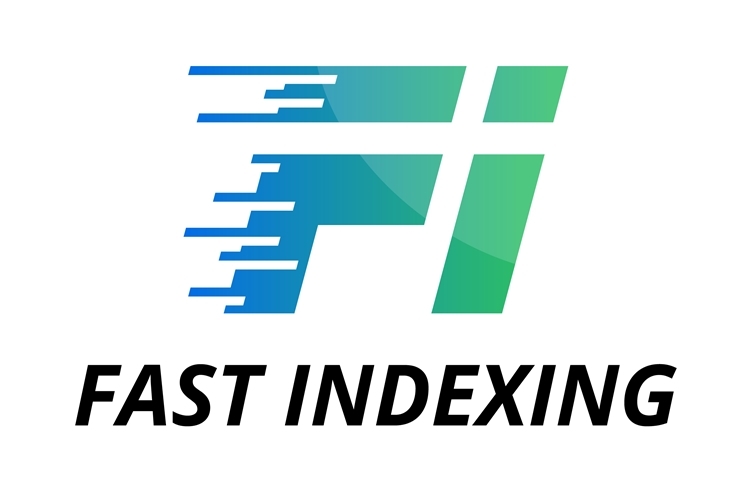13.07.2023
Indexing Subdomains in Google
Subdomains are a good solution for companies with regional offices or a presence in different countries (websites in different languages).
In certain niches, search engines prefer subdomains for regional optimization. It's common to see one or several subdomains ranking in the top 10 search results for commercial queries.
However, in Google, subdomains are typically indexed less effectively than parent sites with geo-specific subdirectories. This is often due to several reasons:
1. Subdomains tend to be younger and have fewer backlinks, which significantly affects their performance in Google.
2. Google doesn't inherently identify regional specificity for each subdomain manually.
3. Non-unique and duplicate content issues.
4. Subdomain content is often updated less frequently.
For search engines, a subdomain is treated as a separate website, requiring both external and internal SEO optimization efforts.
In certain niches, search engines prefer subdomains for regional optimization. It's common to see one or several subdomains ranking in the top 10 search results for commercial queries.
However, in Google, subdomains are typically indexed less effectively than parent sites with geo-specific subdirectories. This is often due to several reasons:
1. Subdomains tend to be younger and have fewer backlinks, which significantly affects their performance in Google.
2. Google doesn't inherently identify regional specificity for each subdomain manually.
3. Non-unique and duplicate content issues.
4. Subdomain content is often updated less frequently.
For search engines, a subdomain is treated as a separate website, requiring both external and internal SEO optimization efforts.

How to Submit Subdomains for Indexing?
To make Google notice subdomains and begin scanning and indexing them, they need to be added to the Google Search Console interface.
When adding a subdomain, it is important to select the type of resource that will be added on the first step.
To make Google notice subdomains and begin scanning and indexing them, they need to be added to the Google Search Console interface.
When adding a subdomain, it is important to select the type of resource that will be added on the first step.

1. Domain Property
In this case, ownership of the domain is confirmed, granting the ability to retrieve data from this domain, as well as all its subdomains, protocols (http and https), and sections related to the resource.
For instance, when adding a domain property like "site.com", the following will be accessible:
http://site.com
https://site.com
poddomen.site.com
To create a domain property, you will need to verify ownership of the website through a DNS record
2. Resource with a URL Prefix
For resources with a URL prefix, you specify the beginning of the URL. In this case, all URLs that start with the specified prefix will be associated with this resource. The resource can be the main website or a subdomain. If there are multiple subdomains in the project, each one will need to be added as a separate resource.
For example, when adding a domain resource like https://site.com, the following will be accessible:
https://site.com/catalog
https://site.com/vse-stranitsi
The following will not be accessible:
In this case, ownership of the domain is confirmed, granting the ability to retrieve data from this domain, as well as all its subdomains, protocols (http and https), and sections related to the resource.
For instance, when adding a domain property like "site.com", the following will be accessible:
http://site.com
https://site.com
poddomen.site.com
To create a domain property, you will need to verify ownership of the website through a DNS record
2. Resource with a URL Prefix
For resources with a URL prefix, you specify the beginning of the URL. In this case, all URLs that start with the specified prefix will be associated with this resource. The resource can be the main website or a subdomain. If there are multiple subdomains in the project, each one will need to be added as a separate resource.
For example, when adding a domain resource like https://site.com, the following will be accessible:
https://site.com/catalog
https://site.com/vse-stranitsi
The following will not be accessible:
- Pages on a different protocol - http://site.com
- Subdomains - poddomen.site.ru
Accelerating Subdomain Indexing
After adding a resource to Google Search Console, you can wait for the information to update and pages to be indexed. However, a faster option is to use the Fast Indexing service.
After adding a resource to Google Search Console, you can wait for the information to update and pages to be indexed. However, a faster option is to use the Fast Indexing service.
Assess the service's capabilities - get 100 coins as a gift upon registration!
This offer is available only once
so that you can assess the effectiveness of the service
so that you can assess the effectiveness of the service
If you added the project as a Domain Property in Google Search Console, in that case, you can create one project and add all subdomains for indexing within it.

If you added a subdomain as a resource with a URL prefix, then each subdomain will need to be set up as a separate project in the service.

Let's index your site
Leave your contact details
and we will contact you within 30 minutes.
and we will contact you within 30 minutes.
By clicking on the button, you consent to the processing of your personal data
Related blog articles:


